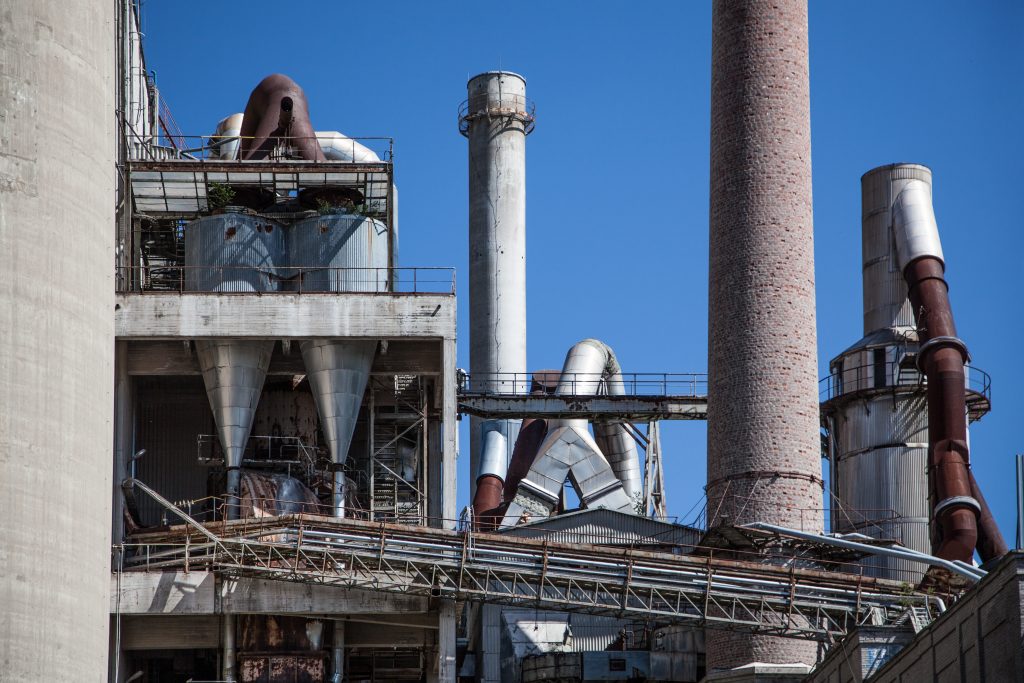Preventing Legionella Growth in Cooling Towers
Cooling towers are vital pieces of infrastructure, providing chilled water to large facilities like hospitals, hotels, and factories. However, the warm, stagnant water inside towers can encourage growth of dangerous Legionella bacteria if not properly maintained.
When Legionella spreads in water droplets from contaminated towers, people can develop a severe form of pneumonia called Legionnaires’ disease.
With a fatality rate around 10%, it is critical for facilities in the UK to diligently maintain cooling towers and control these risks.
How Cooling Towers Spread Legionella
Cooling towers absorb heat from water to provide air conditioning and industrial cooling. The warm, recirculated water creates an ideal environment for Legionella bacteria to thrive. Sediment and minerals in the water also allow biofilm to build up, giving bacteria further protection. When towers generate mist to discharge heat, water droplets containing Legionella can spread widely via wind and ventilation systems. People nearby then breathe in the contaminated aerosols, leading to potential infection.
Both open and closed circuit cooling towers operate this way, so diligent maintenance is crucial for both types. Also important is locating tower exhausts away from fresh air intakes. Facilities should consult experts like Pipe Testing Services (PTS) to assess positioning and Legionella control measures.
Key Maintenance Requirements
To minimise Legionella risks, the Health and Safety Executive’s (HSE) Approved Code of Practice L8 outlines critical maintenance procedures for cooling towers:
- Regular cleaning to scrub away biofilm and sediment
- Using proper biocides and water treatment to inhibit bacterial growth
- Maintaining disinfectant residuals through automated chemical dosing
- Weekly flushing of stagnant or low-flow areas
- Operating at the lowest water temperatures possible
- Annual tower draining, thorough cleaning and disinfection
- Routine testing for Legionella bacteria
- Comprehensive training to ensure staff follow protocols

Additional recommendations can be found in guidance documents like BS8580 and the HSE’s HSG274.
PTS stays up-to-date on all UK regulations to advise clients on legal compliance and best practice for Legionella control. Please let me know if this covers the UK perspective appropriately or if you would like me to modify anything further.
Additional steps like installing side stream filtration to continually filter tower water can further reduce risks. PTS can advise on the latest methods and technology as part of a complete Legionella control programme.
Proper documentation and recordkeeping is also vital to prove maintenance is occurring. PTS offers logbooks and auditing services to assist clients in this area.
How PTS Can Help with Legionella Growth in Cooling Towers
With over 10 years specialising in Legionella control and cooling tower maintenance, PTS has the expertise to help facilities stay compliant and safe. Our qualified technicians perform water sampling, chemical cleans, disinfection, repairs and full maintenance across all industries.
We follow best practice guidance and strive to be leaders in helping clients reduce Legionella risks. Contact us today for a cooling tower assessment or maintenance quote tailored to your needs.
Don’t wait until there is a problem – be proactive about Legionella prevention.
Contact PTS today to have one of our experts assess your cooling towers and risks. We can develop a cost-effective maintenance plan compliant with all UK guidance.
Phone: 01922 451646
Email: enquiries@legionellatestingservices.co.uk
Address: Unit 27 Birchbrook Industrial Estate, Shenstone, Lichfield, Staffs, WS14 0DJ
By following proper maintenance procedures for cooling towers, facilities can greatly reduce risks of Legionella bacteria growth. This protects staff and the public from exposure to potential infection. PTS is committed to helping clients across the UK take control of Legionella through testing, cleaning, water treatment, repairs and more.
Don’t leave safety to chance – partner with the cooling tower experts at PTS to ensure your towers are compliant and risks are minimised. Maintained towers mean healthier facilities.
FAQs
Guidelines recommend testing cooling tower water for Legionella bacteria at least quarterly, or more frequently if results are positive. Testing helps gauge disinfection programme effectiveness.
Cooling towers should operate at the lowest temperatures possible to discourage Legionella growth, ideally below 20°C. Temperatures should never exceed 45°C.
Yes, towers located near air intakes can more easily spread contaminated droplets indoors. A risk assessment should inform proper tower placement.
Diligent maintenance following all guidance significantly reduces risks but does not completely eliminate them. Additional monitoring is still required.
Open towers evaporate pure water, requiring frequent replenishment. Closed towers recirculate water, concentrating dissolved solids over time. Both require proper maintenance.
We operate nationwide, across the UK. So, rest assured, if you have issues with legionella outbreaks – are in need of control or preventative measures – we can help. Don’t hesitate to get in contact with our team.
